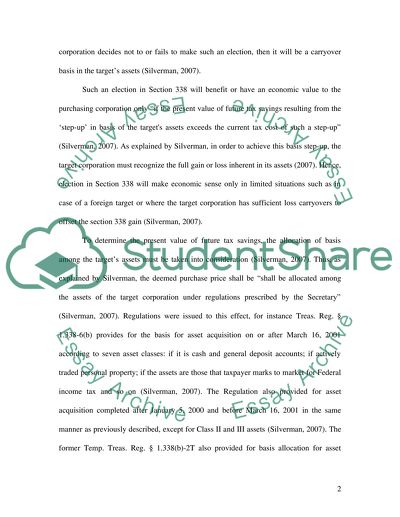Cite this document
(“Discussion of Sections 338 and 338 Election of the Internal Revenue Research Proposal”, n.d.)
Retrieved from https://studentshare.org/law/1549430-discussion-of-sections-338-and-338-election-of-the-internal-revenue-code
Retrieved from https://studentshare.org/law/1549430-discussion-of-sections-338-and-338-election-of-the-internal-revenue-code
(Discussion of Sections 338 and 338 Election of the Internal Revenue Research Proposal)
https://studentshare.org/law/1549430-discussion-of-sections-338-and-338-election-of-the-internal-revenue-code.
https://studentshare.org/law/1549430-discussion-of-sections-338-and-338-election-of-the-internal-revenue-code.
“Discussion of Sections 338 and 338 Election of the Internal Revenue Research Proposal”, n.d. https://studentshare.org/law/1549430-discussion-of-sections-338-and-338-election-of-the-internal-revenue-code.


